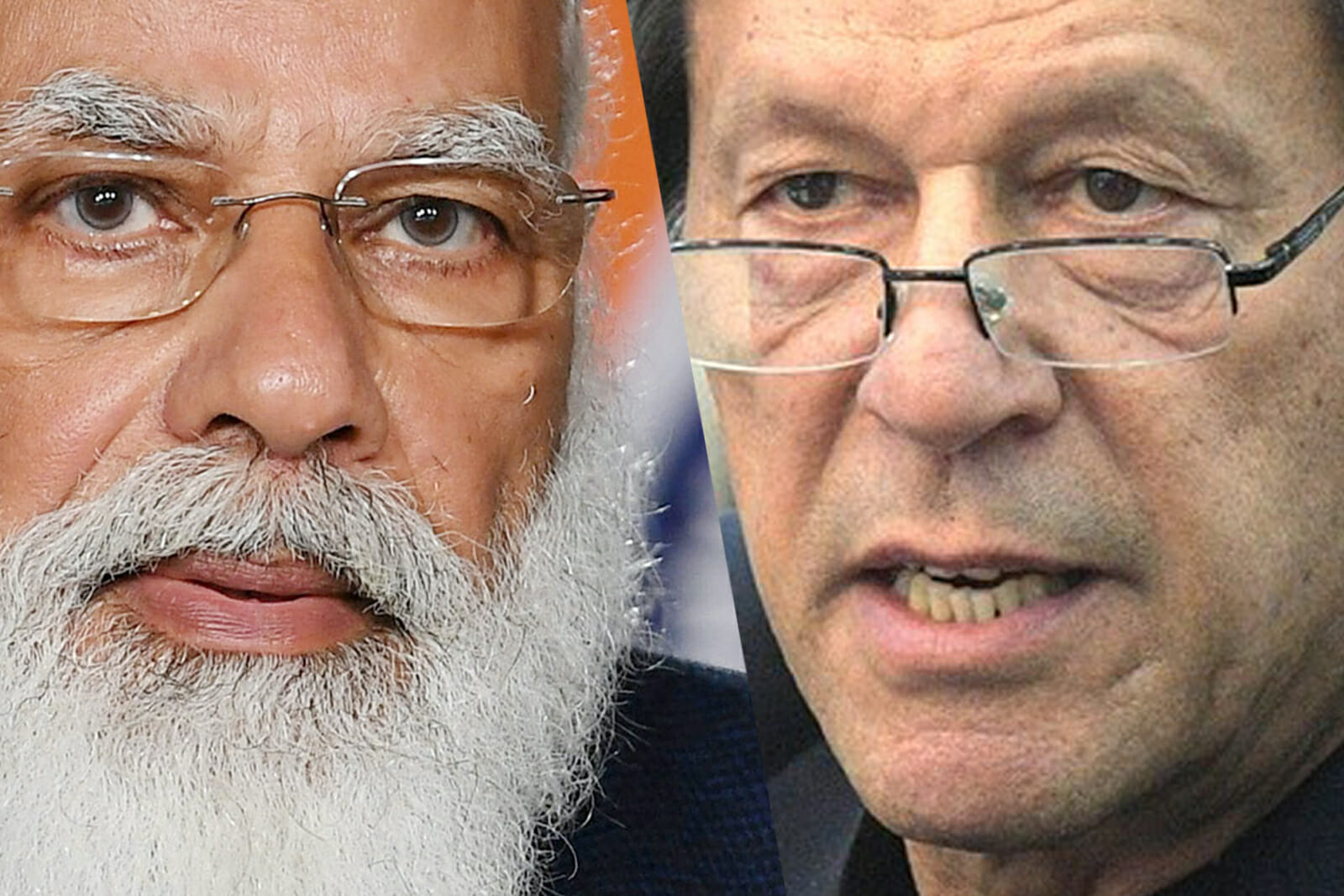
The Kashmir Border Ceasefire: India, Pakistan, and Tensions over the Line of Control
One of the most important aspects of engaging in the art of diplomacy is utilizing the tool of restraint. In the midst of an increasingly unstable world, finding compromise or at least fostering shared understanding between warring countries can seem like an incredulous feat. Despite having a long history that includes three full-scale wars, Pakistan and India were able to successfully halt violent engagements between their countries through the art of diplomacy. This ceasefire was agreed upon by the Director Generals of Military Operations of Pakistan and India, both of whom called for the ramping down of hostilities along the Line of Control (LoC).
The violence over the territory reached a standstill when a joint statement was issued by the militaries of Pakistan and India, both of which called for a non-violent solution in a rare act of unity. “In the interest of achieving mutually beneficial and sustainable peace along the borders, the two DGsMO agreed to address each other’s core issues and concerns which have propensity to disturb peace and lead to violence,” the statement read. This statement is very significant for upholding the 2003 Kashmir ceasefire, an agreement that found itself at the breaking point in 2019 when both countries began launching retaliatory airstrikes against one another. This caused an intense fear of a possible impending war between the two nuclear-armed countries.
This week when addressing the Sri Lanka-Pakistan Trade and Investment Conference, Pakistan Prime Minister Imran Khan released a resoundingly hopeful press-statement in the wake of major territorial disputes over the areas of Jammu & Kashmir and Ladakh. “Our only dispute is Kashmir and it can only be resolved through dialogue,” Khan stated. Government officials from India similarly shared a sense of hope for the future of India-Pakistan relations heading into 2021. “India desires normal neighbourly relations with Pakistan in an environment free of terror, hostility, and violence,” External Affairs Ministry spokesperson Anurag Srivastava stated.
A big & welcome development that India & Pakistan have agreed to a ceasefire along the LoC. Dialogue is the only way forward if both countries want to stop the unending cycle of violence & bloodshed across the borders and J&K.https://t.co/jENfvDNujJ
— Mehbooba Mufti (@MehboobaMufti) February 25, 2021
The ceasefire between the two nuclear-armed neighbors was seen as a positive development by many politicians within Kashmir. One of these was Mehbooba Mufti, the former Chief Minister of Jammu & Kashmir, who took to Twitter to express her gratitude for the ceasefire. “A big & welcome development that India & Pakistan have agreed to a ceasefire along the LoC,” Mufti tweeted. “Dialogue is the only way forward if both countries want to stop the unending cycle of violence & bloodshed across the borders and J&K.”
The ceasefire and statements emphasizing overcoming years of violent conflict showcase the art of diplomacy at work. It is undeniable that the conflict between the two countries has led to many consequences, including the death of a number of civilians from exchanges of gunfire in the Kashmir area. Many journalists covering the events at hand, see the recent ceasefire as a chance to help improve the lives of those living through these turbulent times. “It’s a good development and should have happened a long time ago,” said Amit Baruah, the Delhi resident editor of The Hindu. “India and Pakistan may not see eye-to-eye, but contact is always good for the sake of the people living on either side of the Line of Control.”
The restraint being utilized by both governments is impressive, especially considering recent events that previously occurred within the territory. After a series of violent clashes ensued, India turned the state of Jammu & Kashmir into the union territories of Jammu & Kashmir and Ladakh. This move received stark criticism from Pakistan officials. Then on Wednesday, India issued its own statement towards Pakistan. At the 46th Session of the UN Human Rights Council, India stated that Pakistan has “one of the world’s worst human rights records,” and that it should “put its own house in order, before venturing to point a finger at India.” The tensions emerged directly before the ceasefire was announced, showcasing that despite the harsh words, achieving peace in the territory was a value that both sides seemed to desire.
In a time of immense global tension, the cease-fire that was established between India and Pakistan should show all of us that diplomacy is an ever-useful tool in seeking non-violent solutions to international disputes. Challenges will still remain between Pakistan and India, however, the recent ceasefire provides immense hope for the pursuit of sustainable peace on the Kashmir border.
After fighting three full-scale wars since gaining their respective independence in 1947, Pakistan and India finally seem to have reached the possibility of fully achieving peace between their respective countries. This incredulous moment shows us that diplomacy and peaceful resolution can sometimes occur even in the most challenging of circumstances.

